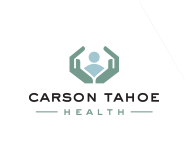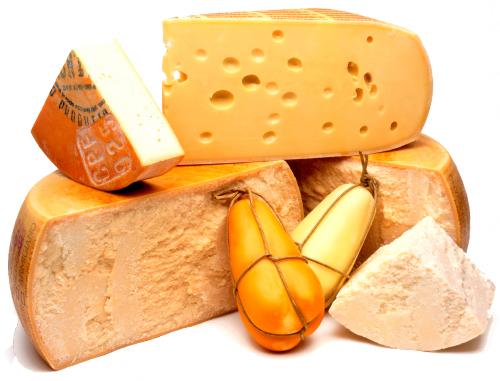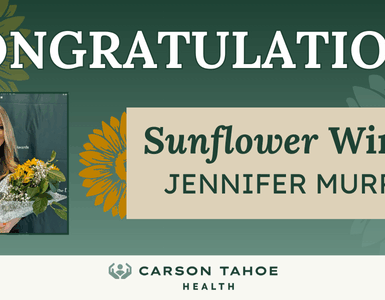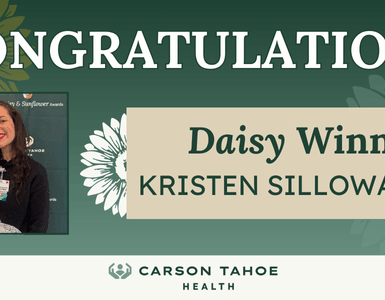Whether you consider yourself a cheese connoisseur or just a lover of all things cheesy, there are a few things you should know about your favorite dairy product.
It wasn’t that long ago when it seemed that cheese choices in the United States were limited to American, Swiss, and cheddar. Today, you can find more than 400 varieties of cheese, including artisan gourmet cheeses, and soft, hard, aged, and blue cheeses. But be careful — with more cheese choices come more ways to gain weight.
Cheese is a fabulous source of calcium, but can also be high in saturated fat. If you don’t choose cheese carefully, you could get more fat from the cheese on your burger than from your burger.
How can you choose healthy cheeses? It’s not so much a question of choosing feta over Camembert or gorgonzola over Brie that determines high fat versus low fat. To keep calories in check, you need to look for low-fat versions of any cheese or limit the amount of full-fat gourmet cheese that you eat.
Know Your Cheese Groups
There is no standard way of classifying cheese groups. Some stores classify it by its site of origin; others group cheeses by soft, semi-soft, or hard cheese. Cheese connoisseurs have yet another, more elaborate system of grouping gourmet cheese.
However, there are a few general, recognizable cheese categories:
- Fresh cheeses. These include cheeses that contain some whey and have a short shelf life. Cottage cheese, ricotta, cream cheese, mascarpone, and mozzarella are all fresh cheeses. Fresh cheeses are soft and creamy.
- Semi-soft cheeses. In this category are the gourmet cheeses Brie and Camembert, as well as processed cheese brands like Laughing Cow. These cheeses are usually pale in color and can be easily sliced. Some semi-soft cheeses are flavored with dried vegetables or spices. Other examples include Monterey jack and muenster.
- Hard cheeses. Also known as aged cheeses, this group includes Parmigiano-Reggiano, asiago, and gruyere. These cheeses are hard to the touch because most of the moisture has been removed. This makes them good for grating and gives them a long shelf-life. Most of these cheeses have intense flavors.
- Washed-rind cheeses. Washed-rind cheeses include Taleggio and Limburger. They are bathed in salted water, brandy, wine, or liquor. Washing develops a strong flavor, retains moisture, and changes the color and texture of the cheese. The exterior of washed-rind cheese may be bright orange or brown; the interior is often soft and pungent.
- Blue cheese. These cheeses are also called blue-veined cheeses, markings that make them easy to recognize. The color comes from the blue mold that gives these cheeses their very strong flavor. Blue cheeses include gorgonzola, Danish blue cheese, and Roquefort. Blue cheeses crumble easily, making them ideal to use in salads.
- Processed cheese. The term processed is used to describe cheeses that are a combination of natural cheese and ingredients like emulsifiers or artificial flavors that increase shelf-life. Examples are American cheese and processed cheese spreads.
Which Cheese Will You Choose?
Each type of cheese has a different nutritional profile. For example, some cheeses have lots of calcium; others have very little. Cottage cheese is loaded with casein, a type of protein that is very good for muscle tissue.
What most cheeses do have in common is their high-fat content. If you’re watching your calorie intake, your best bet is to opt for low-fat cheese or very flavorful varieties.
Reduced-fat cheese makes for healthier cheese, and many types of cheese come in a reduced-fat version. The flavorful variety advice is also good, because you can use those varieties sparingly and still get plenty of cheese flavor.
Healthy Ways to Eat Your Cheese
Here are some healthy ways to eat cheese:
- Add a thin slice of almost any variety of semi-soft cheese to apple slices.
- Create a roll-up of deli sliced turkey breast and cheese.
- Top whole-grain bruschetta with freshly diced tomatoes and a sprinkle of Parmigiano-Reggiano.
- Mix fat-free cream cheese with a can of salmon and a dash or two of smoke flavor.
- Top a sweet potato with low-fat cottage cheese and steamed broccoli.
- Pair gorgonzola with dried figs, apricots, and pears.
- Top a bowl of berries with small slices of Brie.
Cheese is an important source of calcium and protein in your diet. Healthy recipes can certainly include cheese. Experts highly recommend a microplane cheese grater, which is a kitchen tool that can give you a very thin slice or grate of flavorful cheese. Sometimes the best way to eat healthy cheese is to go for quality over quantity.
Sources:
Article adapted via







